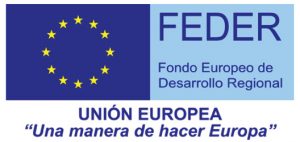
This project aims to provide new knowledge and applicability on the climatological behavior of the ionosphere and, specially, on the short term ionospheric disturbances or irregularities (< a few hours), but with great impact on systems based on radio-propagation technologies, and caused by severe Space Weather events originating in the Sun, taking advantage of the group's abilities and its observation infrastructure.
The main objective of this proposal is based on the multidisciplinary investigation of climatology and ionospheric meteorology related to Space Weather events. The specific objectives are:
1. To detect and study the ionospheric absorption of radio signals in HF as a possible indicator of energetic solar emissions (X-rays) taking advantage of the DPS-4D ionospheric sounding system and the DPS network. This will allow an exhaustive analysis to determine a possible relationship between the absorption suffered, the energy emitted and local time (elevation of the solar ionizing source).
2. To progress in the automated detection of the Sfe through the combined analysis of ionospheric and magnetic data. It is proposed that the combined detection of Sfe by ionospheric and magnetic records serves as an alert (or pre-alert) of Space Weather events.
3. To detect, characterize and monitor the propagation of ionospheric disturbances by applying spectral analysis methods. The objective is to estimate the propagation of the TIDs by interferometry methods applied to different recording sites using vertical incidence radio-sounding data available from the European network of Digisondas. It is also proposed to analyze the mechanisms that originate these disturbances in order to be able to predict them. The relationship of TIDs with severe Space Weather events will also be analyzed.
4. To improve the detection, characterization and modeling of Equatorial Plasma Bubbles. For this purpose, it is planned to determine the bubbles propagation. The tool can be used in near real time to detect the occurrence of plasma bubbles at Spanish latitudes, especially over the Canary Islands where there is a larger occurrence. The relationship between the Equatorial Plasma Bubbles occurrence at mid latitudes with severe Space Weather events will also be analyzed.
5. To use the capacity of the DPS-4D system operated at Observervatori de l'Ebre to evaluate the variability of the tilt angle and to identify irregularities (TIDs) and ionospheric gradients by independent techniques. Since irregularities in the ionospheric tilt angle are closely related to ionospheric activity, the development and proposal of an ionospheric activity index will be studied and its relationship with severe Space Weather events will be analyzed.
6. To improve the International Ionospheric Reference Model (IRI) by optimizing the prediction models that define it and actively participate in the organization of activities dedicated to this purpose.
7. To analyze potential precursors of ionospheric irregularities related to Space Weather events. Thus, perturbations in the solar activity (interplanetary magnetic field, IMF), geomagnetic activity (geomagnetic index) and the rate of reception of cosmic rays (CR) using the data of the next generation cosmic ray detector operated by the University of Santiago de Compostela will be analyzed. The potential advantage of this study is that the CR precursor of intense SW phenomena is observed much earlier than the precursors in the IMF and the geomagnetic activity.
The project has a duration of 3 years starting on January 1, 2019. It has been funded by the Ministry of Science, Innovation and Universities (MCIU), the State Research Agency (AEI) and the FEDER.
The research group consists of researchers from the Ebro Observatory and has the collaboration of researchers from the Polytechnic University of Catalonia, the University of Santiago de Compostela and Boston College.
Journal publications:
Alsina-Pagès, R.M.; Altadill, D.; Hervás, M.; Blanch, E.; Segarra, A.; Gonzalez Sans, X. Variation of Ionospheric Narrowband and Wideband Performance for a 12,760 km Transequatorial Link and Its Dependence on Solar and Ionospheric Activity. Remote Sens.2020, 12, 2750. https://doi.org/10.3390/rs12172750
Curto JJ. 2020. Geomagnetic solar flare effects: a review. J. Space Weather Space Clim. 10, 27, https://doi.org/10.1051/swsc/2020027
Curto JJ, Juan JM & Timoté CC (2020): Answer to the comments on “Confirming geomagnetic Sfe by means of a solar flare detector based on GNSS”. J. Space Weather Space Clim. 10, 16. https://doi.org/10.1051/swsc/2020016
Juan José Curto, José Miguel Juan and Cristhian Camilo Timoté, Confirming geomagnetic Sfe by means of a solar flare detector based on GNSS, J. Space Weather Space Clim., 9 (2019) A42, DOI: https://doi.org/10.1051/swsc/2019040
Curto, J.J. Uncertainty in hourly mean data from classical magnetometers. Earth Planets Space71, 139 (2019) https://doi.org/10.1186/s40623-019-1119-2
Vadym Paznukhov, David Altadill, Miguel Juan, Estefania Blanch (2019): Ionospheric tilt measurements: application to TID climatology study, Radio Science, https://doi.org/10.1029/2019RS007012
, , , , , , , and A method for real-time identification and tracking of traveling ionospheric disturbances using ionosonde data: First results, J. Space Weather Space Clim., https://doi.org/10.1051/swsc/2019042
Participation in conferences:
Blanch, E., A. Segarra, D. Altadill, V. Paznukhov, J. M. Juan (2020). Large Scale TIDs climatology over Europe using HF Interferometry method. (Online contribution) . EGU General Assembly 2020, https://doi.org/10.5194/egusphere-egu2020-7842.
Curto, J.J., Juan, J.M., Altadill, D., Timoté, C., Blanch, E., Segarra, A. (2019). Detector of Solar flare effects on geomagnetism and ionosphere based on GNSS and ionosonde data. (Presentación comunicación) . 16th European Space Weather Week . BÉLGICA



